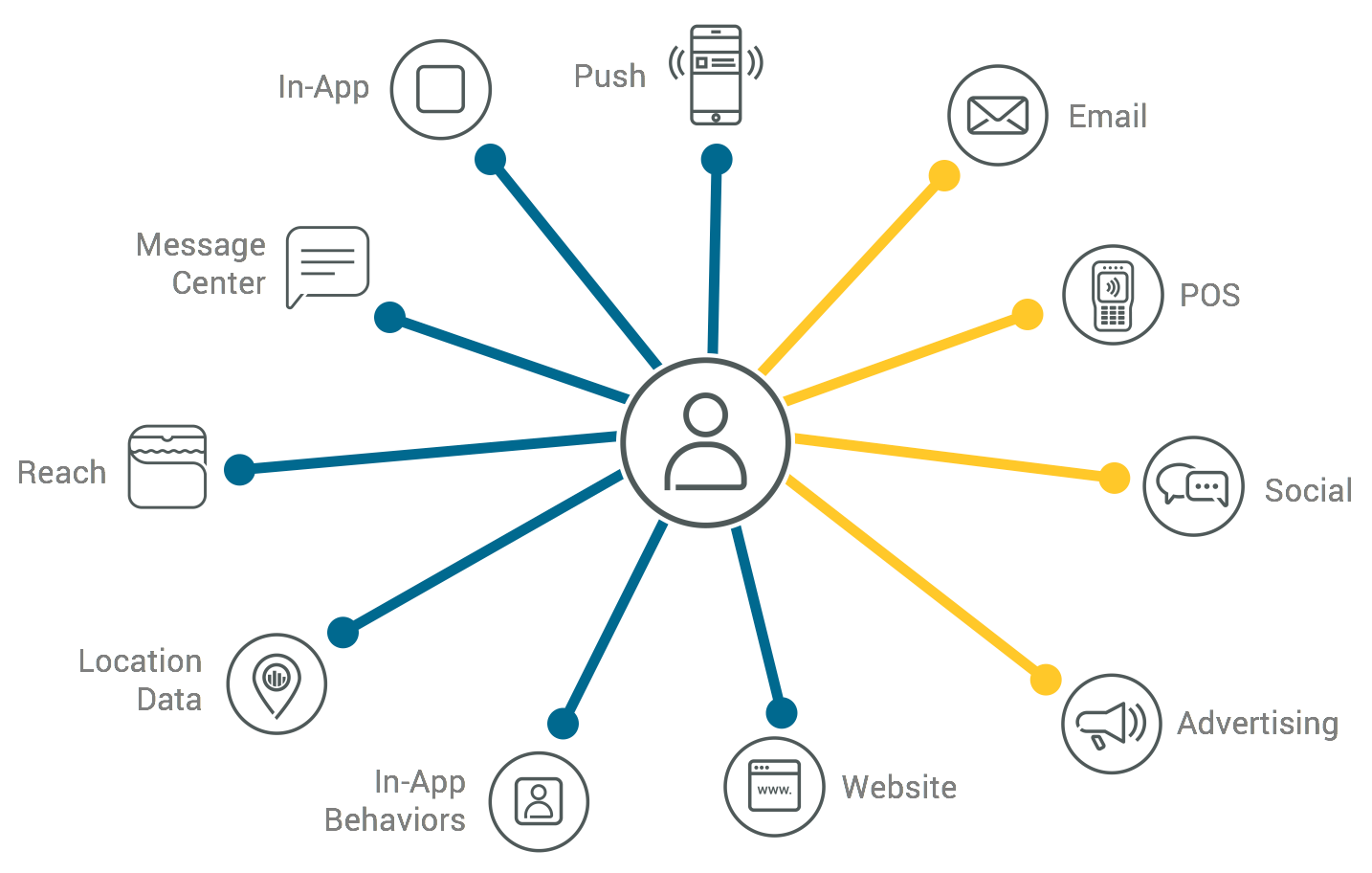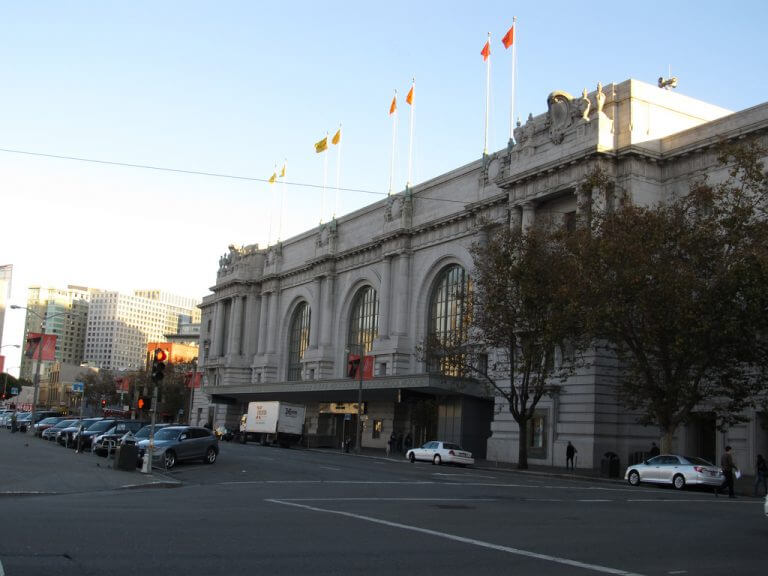
Making Sure Your Future, Our Future, Everyone’s Future is Wide Open

Mike Herrick SVP of Technology
We like to say that it’s the end of the beginning of mobile. In few words, it encapsulates so much rich history and a momentous future. Consider what we’ve seen and what’s coming:
-
The irrational exuberance that apps will kill the Web.
-
Amazing app experiences, and real unicorns.
-
A fanned haze of app fatigue aided by maturation.
-
Proclamations that “chatbots are the new apps.”
-
Mobile’s supercharged spread from our hands to our homes, cars and other physical and virtual environments.
-
An unnerving, yet irresistible path to mass audiences through a handful of platform gatekeepers.
-
The rise of the machines…machine learning and AI, that is… well, if you discount driverless cars and drones whose intelligent components come from the smartphone ecosystem.
As it turns out, video never killed the radio star; apps won’t kill the web (though they’re used way more frequently by your most valuable customers) and chatbots’ youthful brashness springs from massive reach but still-developing rules and ecosystems — dripping with promise for service-oriented, consumer-sparked interactions.
Yet the fact remains; if you are doing any of those things, you’re doing them through a mobile device or a platform either spawned from or in hurried transition to mobile. All the signs point to this accelerating shift to mobile, where new platforms, devices and channels offer new and complementary ways to connect with your customers in more places.
-
For the first time ever, Internet usage by mobile and tablet devices exceeded desktop worldwide in October 2016 (StatCounter).
-
comScore’s 2016 U.S. Mobile App Report cites web audiences growing 2X faster than apps (already nearly 3X bigger) — only web audiences are 20X less engaged than app audiences. comScore also shares the number of apps with audiences of 10-20M grew 36% year-over-year and the average smartphone user downloads 2 apps per month.
-
Deloitte’s annual Digital Divide report shows that two-thirds of consumers now prefer a self-directed shopping journey, up from nearly 30% in 2014. More than three-quarters of shoppers state that they look at a retailer’s website or app to become aware of a product or category on their own.
-
A Google/Ipsos 2016 study also found more than three-quarters of people start an activity on one device and then continue or finish it on another, highlighting the new reality of multi-device, multiple touchpoint journeys that make up the majority of customer experiences today.
-
Deloitte also revealed the diminishing influence of advertisers. Specifically, two years ago 70 percent of surveyed consumers said they responded to advertising compared to nearly 30 percent in this year's study.
Marketing Must Shift to Providing In-the-Moment Experience
Collectively, this requires re-thinking marketing as real-time customer experience, inviting relevant and contextual interactions along the customer journey wherever customers want to interact. There are signals that customer attentions spans are shrinking dramatically. The power of information at our fingertips wherever we are is changing our everyday behavior, and it is exceedingly clear that the ONLY moment that matters to your customers is what’s happening right now. The ultimate requirement is broader, more effective, in-the-moment reach, to deliver powerful, utility-driven experiences.
Marketers are already gearing up to seize advantage. The number of martech solutions has ballooned from 150 in 2012 to more than 3500 today. While enabling marketers to tackle new opportunities, this proliferation has exacerbated an uncomfortable reality — disconnected, partial views of the customer with data siloed across various systems. More and more places to engage customers have made it more difficult, not easier, to communicate with them in a coordinated, consistent and individualized manner.
Experts predict that the next 10 years will generate an order of magnitude more change than we have seen in the last 10 years. We believe the only way to effectively address the expanding opportunity is through open platforms, data and messaging — in real-time and at mobile-scale. No single solution, including all-in-one marketing clouds, can possibly keep up with the velocity of change alone.
Embrace Open Data and Channels to Tackle Complexity
Today we’ve taken another step to open up our platform, unveiling next-generation platform APIs as part of our Digital Growth Platform.
With APIs for channels, businesses can send rich, action-oriented notification-style messaging to any marketing channel in their stack — from chat messaging services and email, to smart home devices and vehicle information systems.
 The APIs within our Digital Growth Platform allow businesses to send rich, action-oriented, notification-style messaging to any marketing channel in their stack.
The APIs within our Digital Growth Platform allow businesses to send rich, action-oriented, notification-style messaging to any marketing channel in their stack.
Our profiles API extends Urban Airship’s open mobile data strategy and further breaks down customer data silos, by collecting and processing real-time customer behavior, events and attributes from any business system or marketing channel.

Our platform APIs for profiles help brands collect and process real-time customer behavior, events and attributes from any business system to enrich user profiles.
Predictive machine learning and AI will continue to advance real-time automation and make 1:1 communications more scalable. Our machine-learning pipeline, two years in the making, will now help businesses continue to build their richest source of behavioral data by predicting app users likely to churn. Our open channels management framework will help orchestrate all of this, for example directing messaging to customers’ preferred or active channels.
Check out all the details, including the first actualization of our open channels approach with support for Apple News notifications.
You can also request to be part of the early access programs for these new technologies.
By opening up our core platform components (message composer, messaging APIs, user profiles, automation, scheduling, A/B/n testing, segmentation, machine learning, real-time data streaming and customer intelligence) we can help businesses address any channel that exists today or emerges in the future.
In other words, businesses that integrate with Urban Airship will avoid the need to integrate their software with numerous messaging channels or build orchestration logic from scratch in order to reach customers.
As other vendors try to grow their footprint adding a single decades-old marketing channel, or convince rip-and-replace decisions with all-in-one marketing clouds, we’re here to say the only way to keep up with the amount of change occurring and provide exceptional customer experiences everywhere is by taking an open approach.
The future for businesses to individually interact with their customers and learn more about them in order to continually serve them better should be wide open.
Want a tour of our Digital Growth Platform? Get a demo today.
Subscribe for updates
If the form doesn't render correctly, kindly disable the ad blocker on your browser and refresh the page.
Related Posts


The Next Big Thing is Already Here
